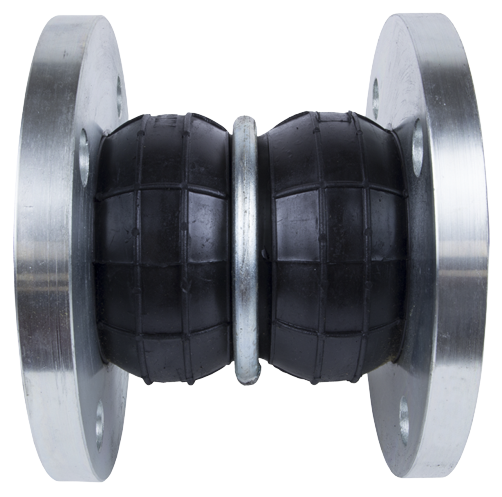Rubber Bellow Manufacturers
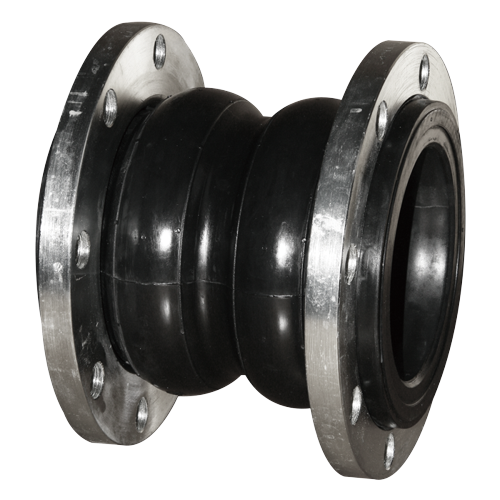
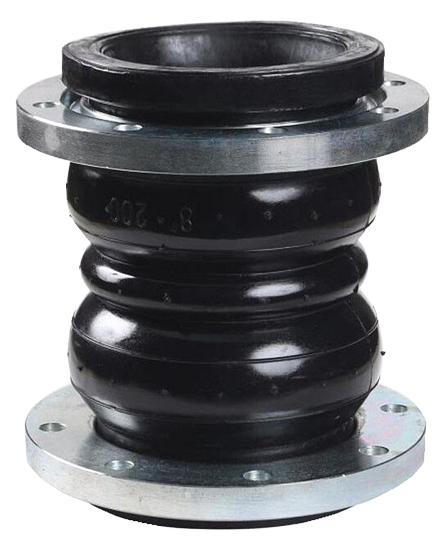
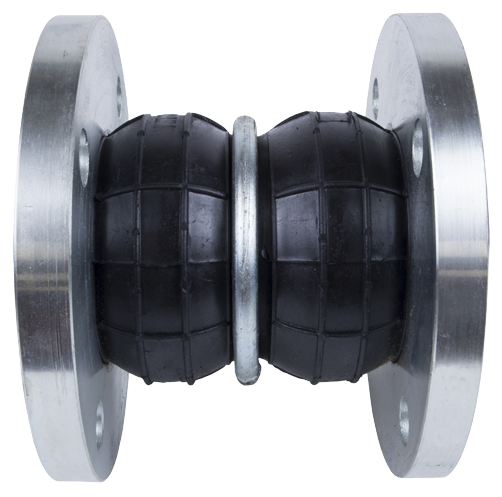

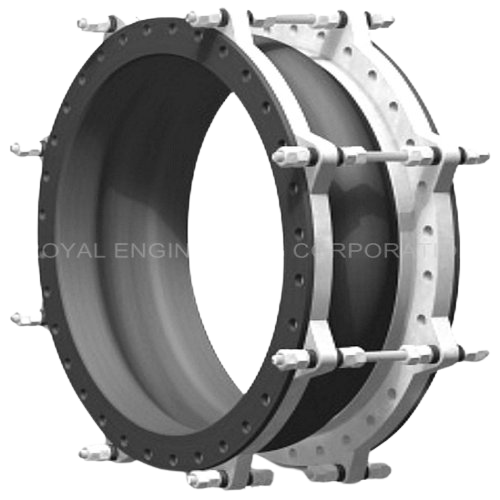
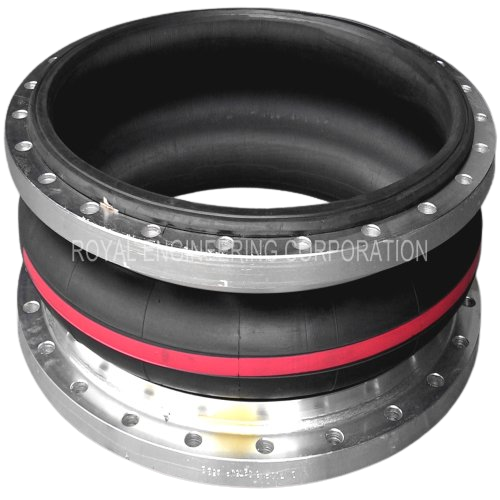
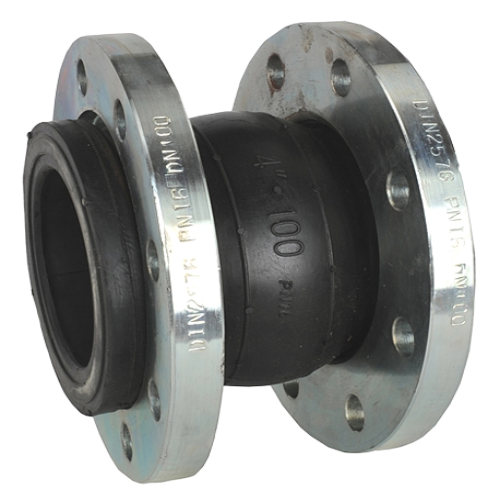
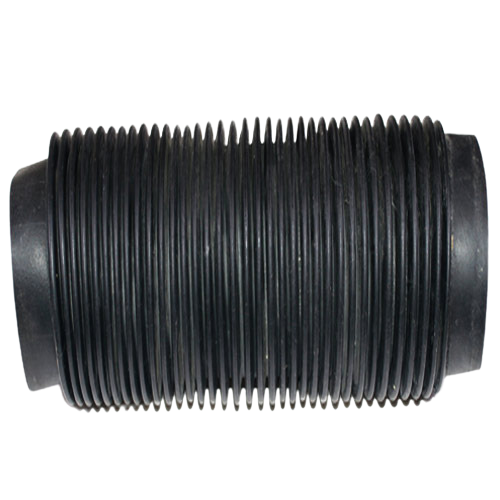








A Rubber Bellow, also known as Expansion Bellow, is a flexible connector made from rubber or elastomeric material, designed to absorb and accommodate movement, vibrations and thermal expansion or contraction in piping or ducting systems. It helps to prevent stress on the system by allowing for changes in length, angle or alignment due to temperature fluctuations, pressure variations or mechanical movement.
● We are Rubber Bellow manufacturers up to the following capacity :
Expansion Bellows I.D. : Upto 2000 mm.
Working Temperature : Upto 150 Degree C
Working Pressure : Upto 45 Kg. / cm²
● Type of rubbers used : Neoprene, EPDM, Natural, Silicon, Hypalon, Nitrile, Buna-N etc.
● Flange material used : Mild Steel, Stainless Steel, ASTM A105, SA516 Gr.70, other Carbon steel grades.
● Optional accessories : Counter Flanges / Matching Flanges / Companion Flanges, Split Retaining Rings, Control Units (Tie Rod, Nut & Lock Nut, Stretcher Plate), Revolving Flange / Loose Flange, Gaskets, Fasteners etc.
● Material selection : The process begins by selecting the appropriate Rubber material based on the required properties such as flexibility, durability, temperature resistance, and chemical resistance. Common materials include EPDM, nitrile, neoprene and silicone Rubbers.
● Compound mixing : The selected Rubber is compounded with various additives like fillers, curing agents, plasticizes and colorants. The mixing is done in a ban bury mixer or an open mill to ensure uniform consistency in the compound.
● Molding or Extrusion :
# Compression molding : In this process the mixed Rubber compound is placed into a heated mold cavity. Pressure is applied to form the Bellows shape. Once cured the mold is opened and the formed Bellow is removed.
# Injection molding : The Rubber compound is injected into a mold cavity using pressure and heat where it takes the shape of the Bellow. Injection molding is suitable for high-volume production.
# Extrusion (optional) : The Rubber is extruded into a cylindrical shape for certain types of Bellows before forming.
● Curing (Vulcanization) : After molding the Rubber Bellow undergoes vulcanization, a heat treatment process. This step allows the Rubber to harden and develop the required mechanical properties such as elasticity and strength.
● De flashing : Once the Bellows are cured, they are removed from the mold and may have excess Rubber or "flash" along the parting lines. This excess is trimmed off in a process called de flashing. Methods include hand trimming, cryogenic de flashing, or tumbling.
● Post-Curing (if necessary) : Some Rubber Bellows require additional post-curing to improve specific properties like heat resistance or chemical stability. The Bellows are placed in an oven for a specified period under controlled temperatures.
● Quality inspection : Each Rubber Bellow undergoes strict quality checks, including visual inspection, dimensional accuracy, and performance tests like flexibility and pressure tolerance.
● Finishing : Final touches, such as coating for improved performance or labeling, are added during the finishing stage. Some Bellows may receive additional treatments like surface texturing.
● Single Arc type Rubber Bellow : This type of Rubber Bellow has a single convolution or "Arc." It is designed to handle small amounts of axial, lateral, and angular movements. It is commonly used in applications where flexibility and thermal expansion absorption are required, but the movement is relatively low.
● Double Arc type Rubber Bellow : This type of Rubber Bellow has two convolutions or "Arcs." It can handle more significant movements than the single Arc type. The double Arc design offers improved flexibility and can absorb more movement due to its extra convolution.
Rubber Bellows (Expansion Bellows) are widely used in various industrial sectors because they absorb thermal expansion, reduce vibrations, compensate for misalignment, and protect sensitive parts from dust, debris and moisture. Here is a detailed explanation of their usage in different industries : Steel Plants, Cement Plants, Boiler Plants, Thermal Power Plants, Petro Chemical Refineries, HVAC Systems, Chimneys, Water Pipelines, Refineries, Fertilizer units etc.
● Dimensional accuracy : Our Rubber Bellows are crafted precisely, ensuring exact dimensional accuracy, guaranteeing a perfect fit and reliable performance in every application.
● Supreme quality Rubber : We only use the highest-grade Rubber materials, providing superior flexibility, resilience, and resistance to wear, ensuring long-lasting performance.
● Stage inspection : To maintain the highest standards, we conduct thorough inspections at every stage of the production process. This ensures consistency and quality in every product we deliver.
● Durability : Our products are built to withstand harsh conditions, making them durable and reliable over long-term use, even in demanding environments.
● Guaranteed performance : We stand by our products with a performance guarantee, ensuring that each Rubber Bellow meets or exceeds the industry toughest standards.
● Worldwide customer satisfaction : With a global customer base, we take pride in consistently delivering products that satisfy the expectations of clients around the world.
● Competitive pricing : We offer the most competitive prices in the market without compromising quality, making us a cost-effective solution for all your Rubber Bellow needs.
